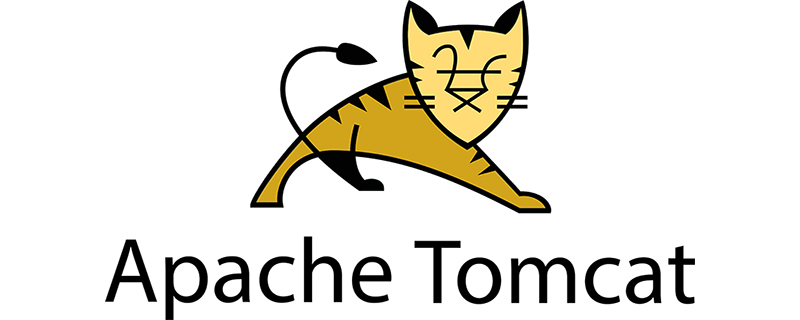

Three ways to configure Apache virtual host
(Recommended tutorial: nginx tutorial)
Open httpd in notepad. conf file, which is in the apache directory, such as: D:\AppServ\Apache2.2\conf, modify the following two places:
LoadModule vhost_alias_module modules/mod_vhost_alias.so //去掉前面的#,意思是启用apache的虚拟主机功能,第203行 Include conf/extra/httpd-vhosts.conf //去掉#的意思是从httpd-vhosts.conf这个文件导入虚拟主机配置
After configuring the virtual host, you cannot use localhost to access it
Just comment out the ServerName localhost:80 line in the httpd.conf file.
1. Based on IP
Assume that the server has an IP address of 192.168.1.10, use ifconfig to Bind 3 IPs to a network interface eth0:
[root@localhost root]# ifconfig eth0:1 192.168.1.11 [root@localhost root]# ifconfig eth0:2 192.168.1.12 [root@localhost root]# ifconfig eth0:3 192.168.1.13
Modify the hosts file and add three domain names corresponding to one of them:
192.168.1.11 www.test1.com 192.168.1.12 www.test2.com 192.168.1.13 www.test3.com
Create the root directory of the virtual host to store the web page, as in Create test1, test2, and test3 folders in the /www directory, which store 1.html, 2.html, and 3.html respectively
/www/test1/1.html /www/test2/2.html /www/test3/3.html
Include the additional configuration file httpd-vhosts.conf in httpd.conf , then write the following configuration in httpd-vhosts.conf:
<VirtualHost 192.168.1.11:80> ServerName www.test1.com DocumentRoot /www/test1/ <Directory "/www/test1"> Options Indexes FollowSymLinks AllowOverride None Order allow,deny Allow From All </Directory> </VirtualHost> <VirtualHost 192.168.1.12:80> ServerName www.test1.com DocumentRoot /www/test2/ <Directory "/www/test2"> Options Indexes FollowSymLinks AllowOverride None Order allow,deny Allow From All </Directory> </VirtualHost> <VirtualHost 192.168.1.13:80> ServerName www.test1.com DocumentRoot /www/test3/ <Directory "/www/test3"> Options Indexes FollowSymLinks AllowOverride None Order allow,deny Allow From All </Directory> </VirtualHost>
Done, test each virtual host and visit www.test1.com, www.test2.com, www.test3.com
2. Based on the host name
Set the domain name to map to the same IP, modify hosts:
127.0.0.1 gm.998gx.com 127.0.0.1 www.998gx.com 127.0.0.1 r.998gx.com 127.0.0.1 localhost
Same as above, establish the root directory of the virtual host to store the web page
/www/dxGM/index.php /www/dxskadmin/index.php /www/88qp/index.php
Include the additional configuration file httpd-vhosts.conf in httpd.conf, and then write the following configuration in httpd-vhosts.conf:
In order to use a domain name-based virtual host, the server IP must be specified address (and possibly port) to enable the host to accept the request. It can be configured using the NameVirtualHost directive. If all IP addresses on the server are used, you can use * as the parameter for NameVirtualHost. Specifying an IP address in the NameVirtualHost directive does not cause the server to automatically listen on that IP address. The IP address set here must correspond to a network interface on the server.
The next step is to set up the configuration block for each virtual host you create. The parameters are the same as the parameters of the NameVirtualHost command. In each definition block, there will be at least one ServerName directive to specify which host to serve and a DocumentRoot directive to indicate where the contents of this host exist in the file system.
If you add a virtual host to an existing web server, you must also create a definition block for the existing host. The contents contained in ServerName and DocumentRoot should be consistent with the global ones, and should be placed at the front of the configuration file to play the role of the default host.
<VirtualHost *:80>
DocumentRoot "D:/phpstudy/WWW/dxGM"
ServerName gm.998gx.com
</VirtualHost>
<VirtualHost *:80>
DocumentRoot "D:/phpstudy/WWW/88qp"
ServerName www.998gx.com
</VirtualHost>
<VirtualHost *:80>
DocumentRoot "D:/phpstudy/WWW/dxskadmin"
ServerName r.998gx.com
</VirtualHost>
<VirtualHost *:80>
DocumentRoot "D:/phpstudy/WWW"
ServerName localhost
</VirtualHost>Test each virtual host and access gm.998gx.com, www.998gx.com, r.998gx.com respectively
3. Modify based on port
Configuration file
Change the original
Listen 80
to
Listen 80
Listen 8080
Change virtual host settings:
<VirtualHost 192.168.1.10:80>
DocumentRoot /var/www/test1/
ServerName www.test1.com
</VirtualHost>
<VirtualHost 192.168.1.10:8080>
DocumentRoot /var/www/test2
ServerName www.test2.com
</VirtualHost>The above is the detailed content of Three methods to configure apache virtual host. For more information, please follow other related articles on the PHP Chinese website!